-
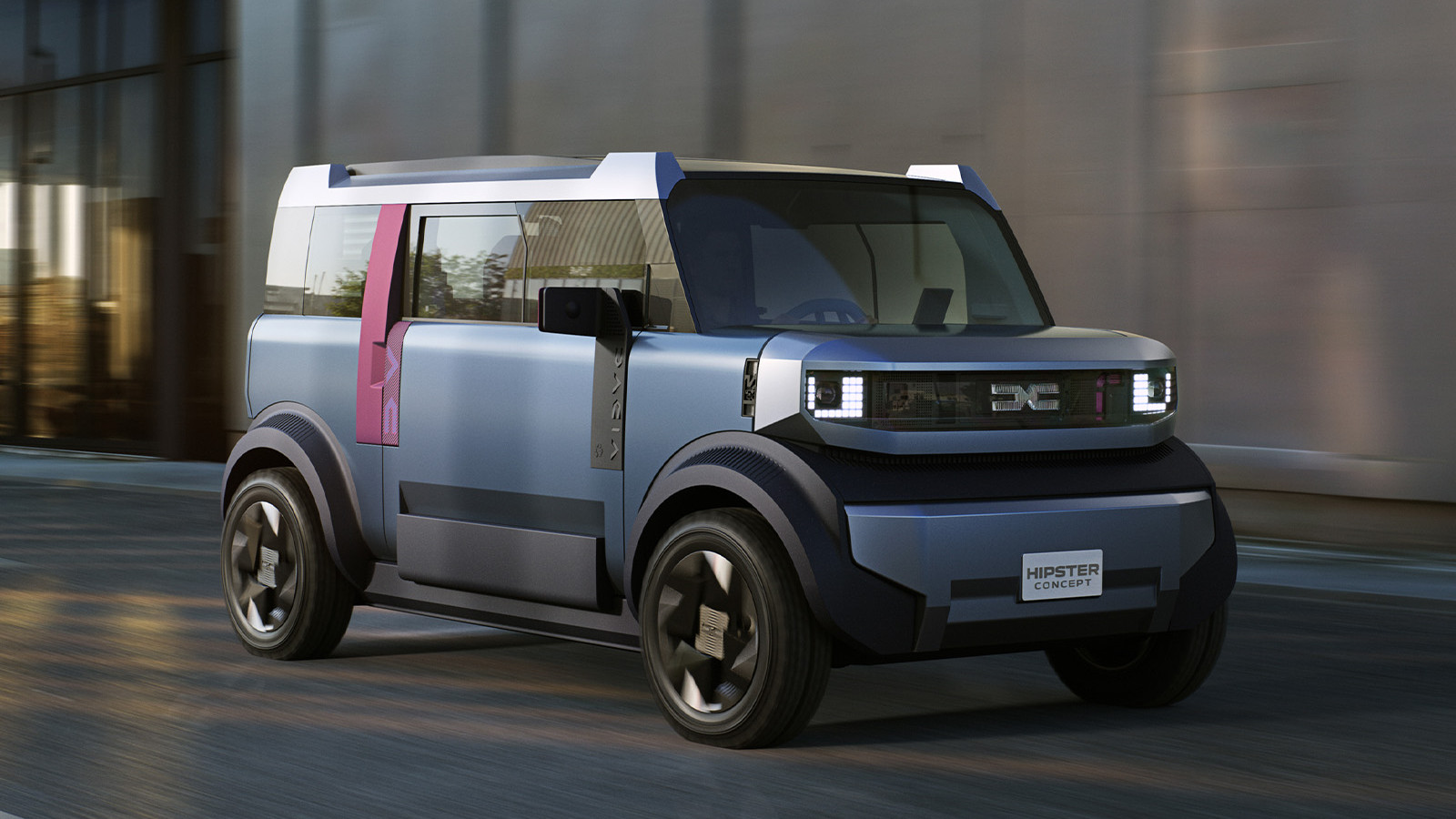 © Dacia
© Dacia -
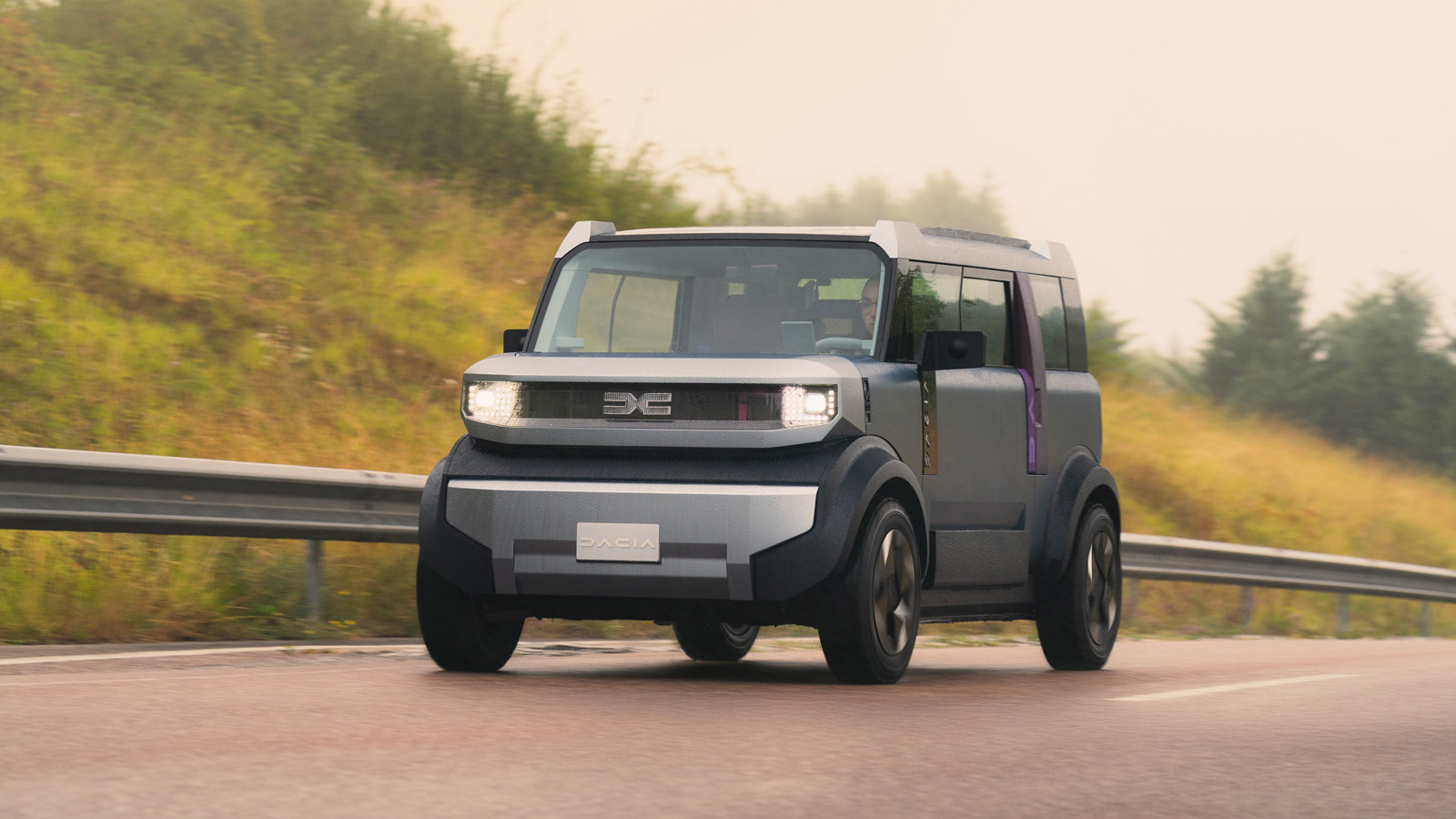 © Dacia
© Dacia -
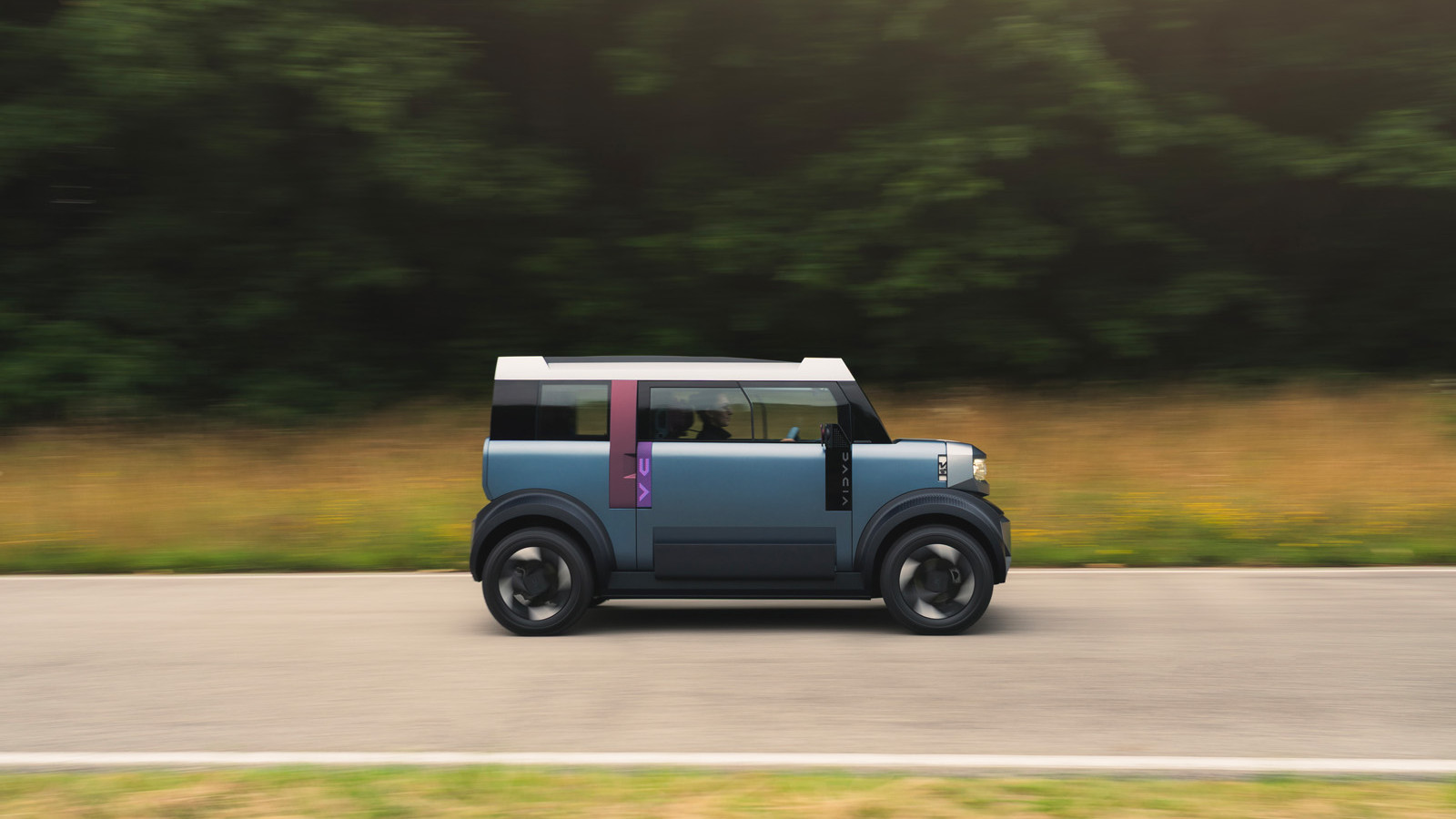 ©
© -
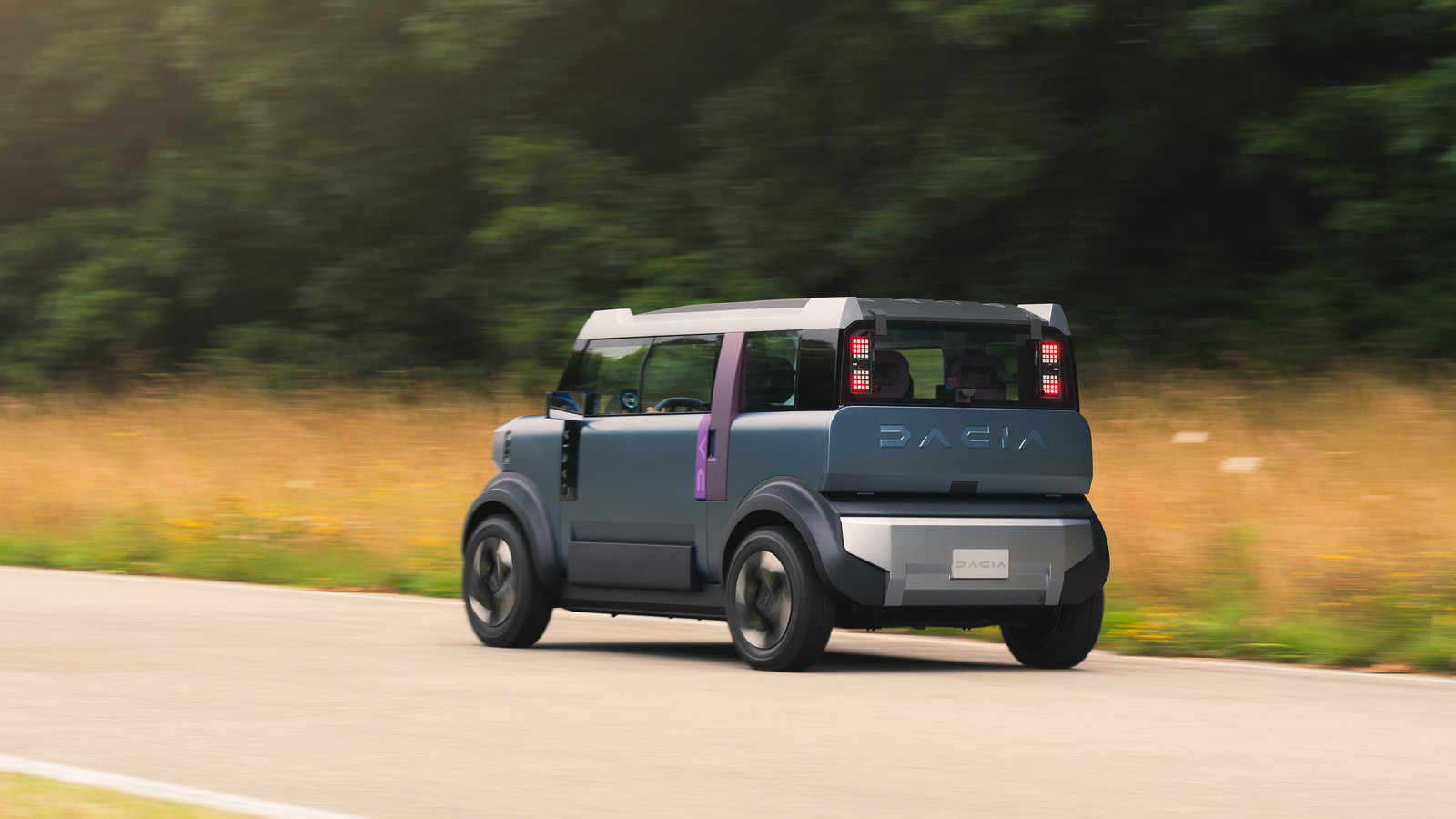 © Dacia
© Dacia -
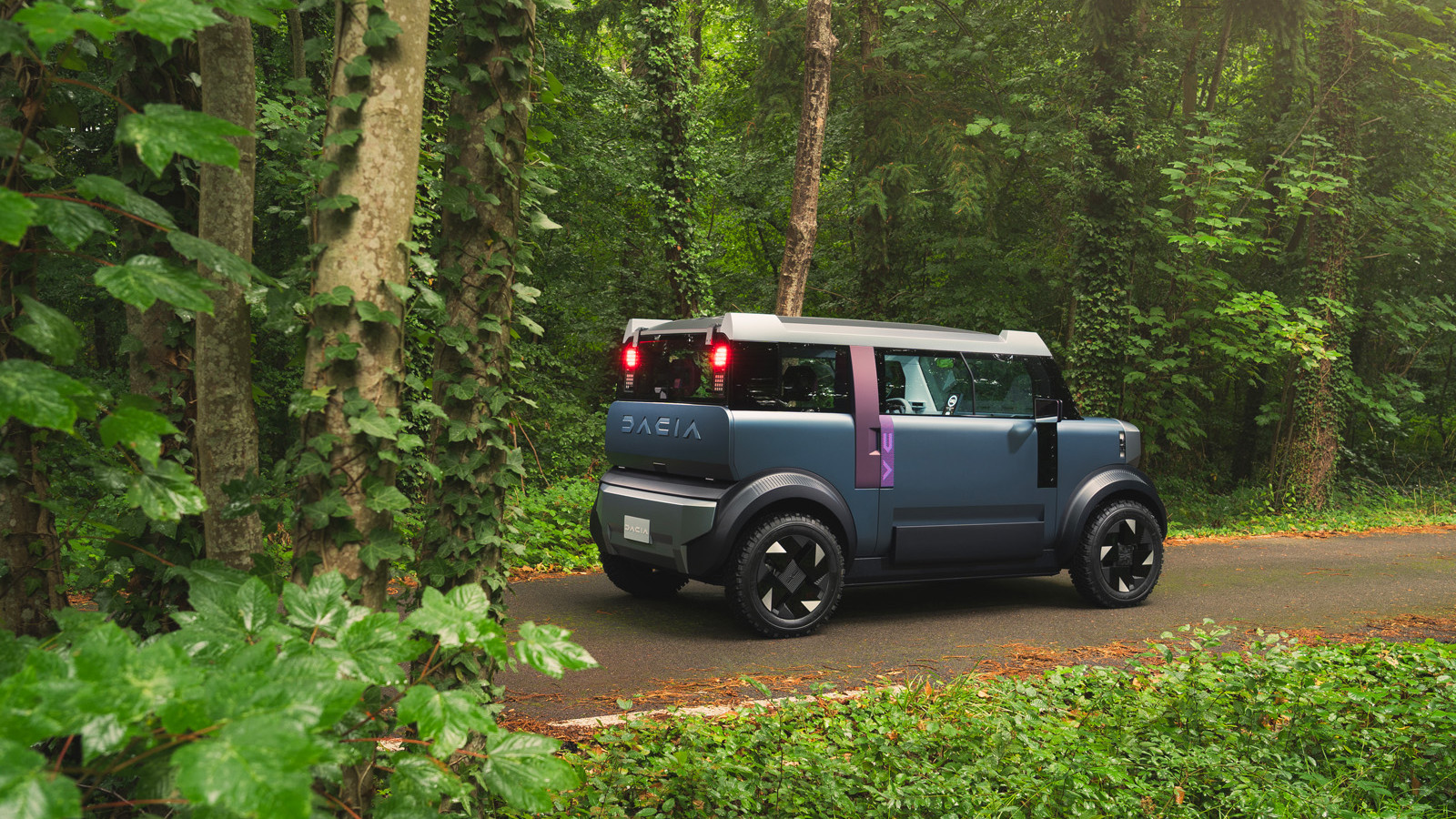 © Dacia
© Dacia -
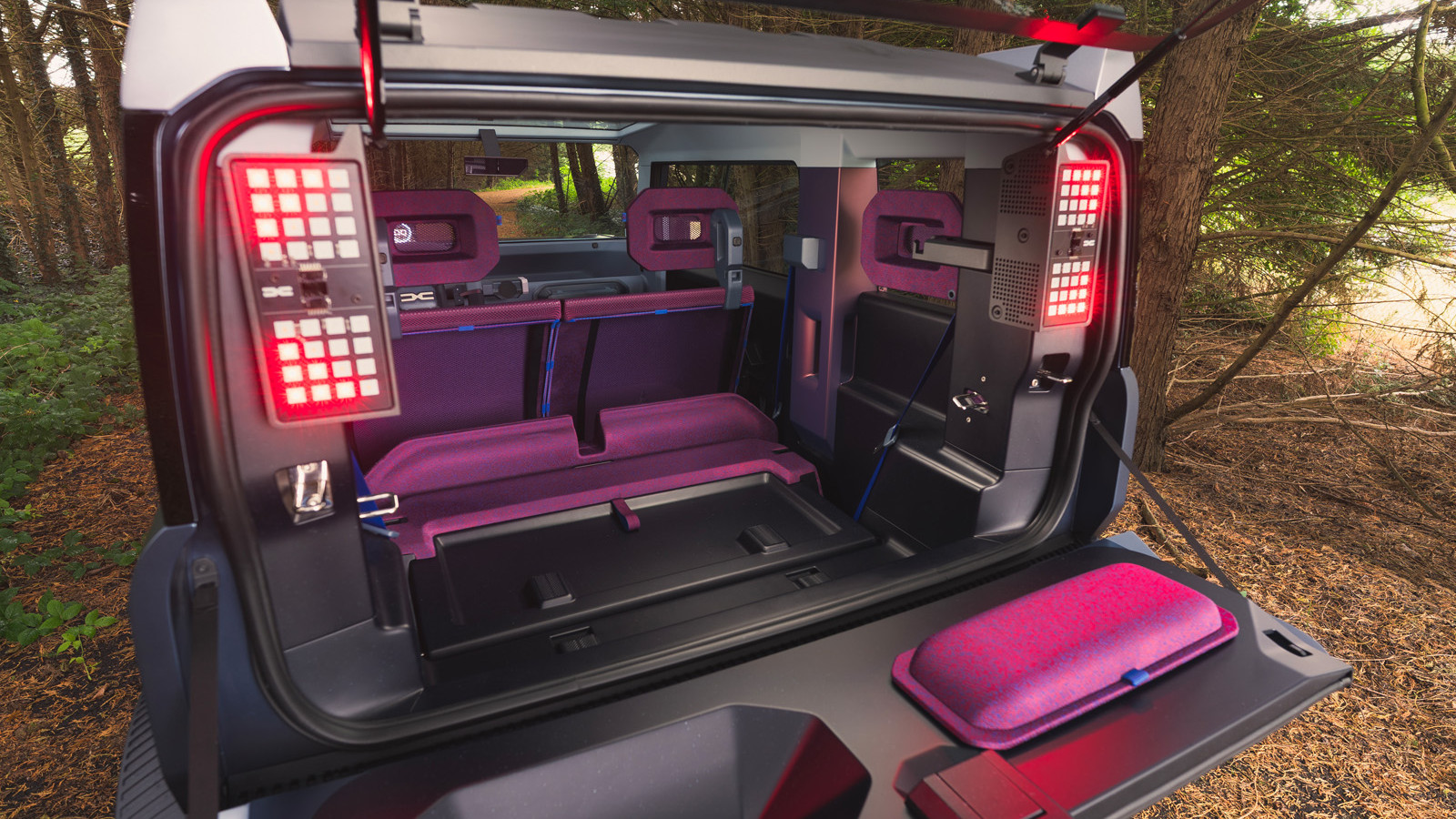 © Dacia
© Dacia -
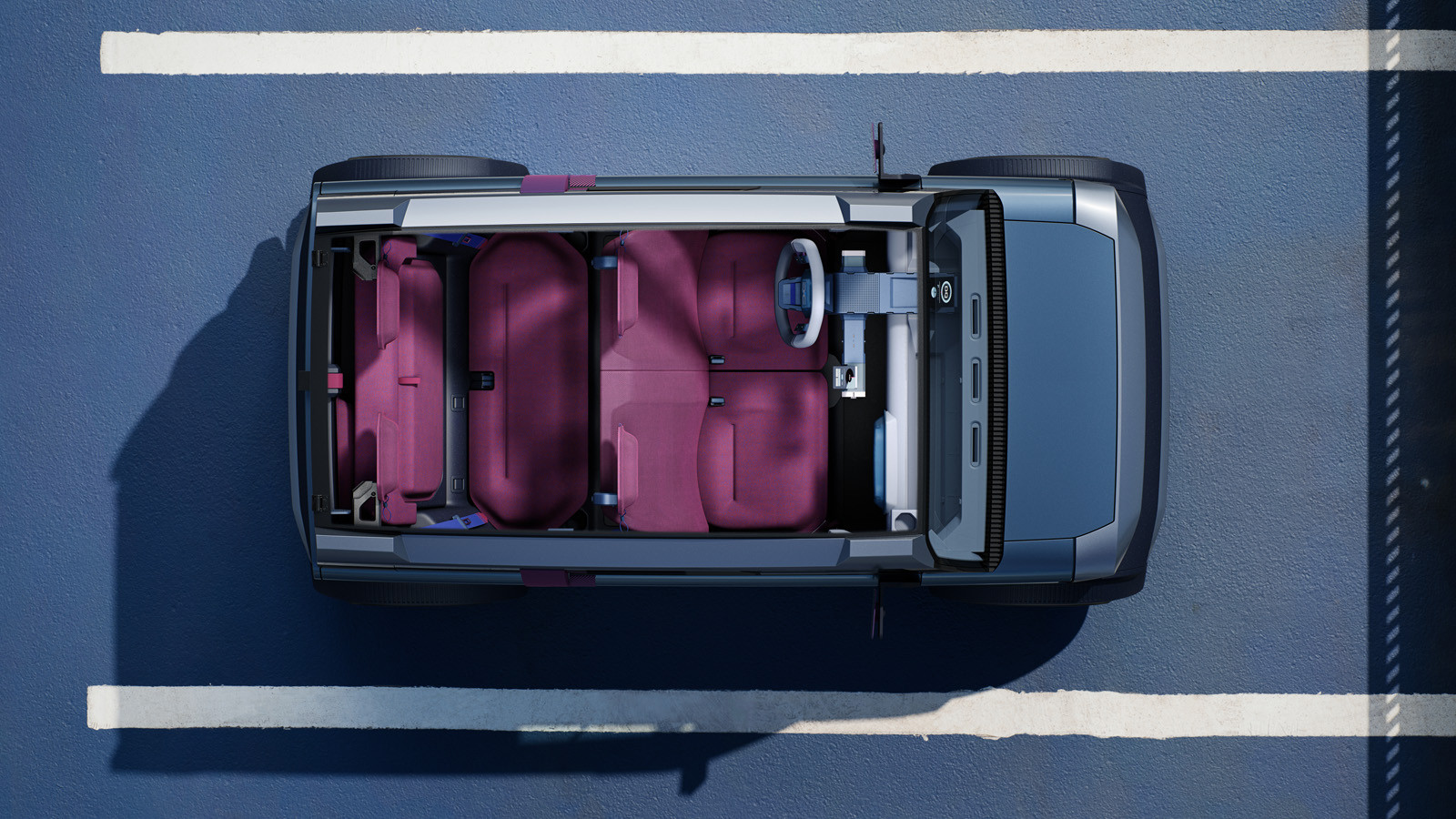 © Dacia
© Dacia -
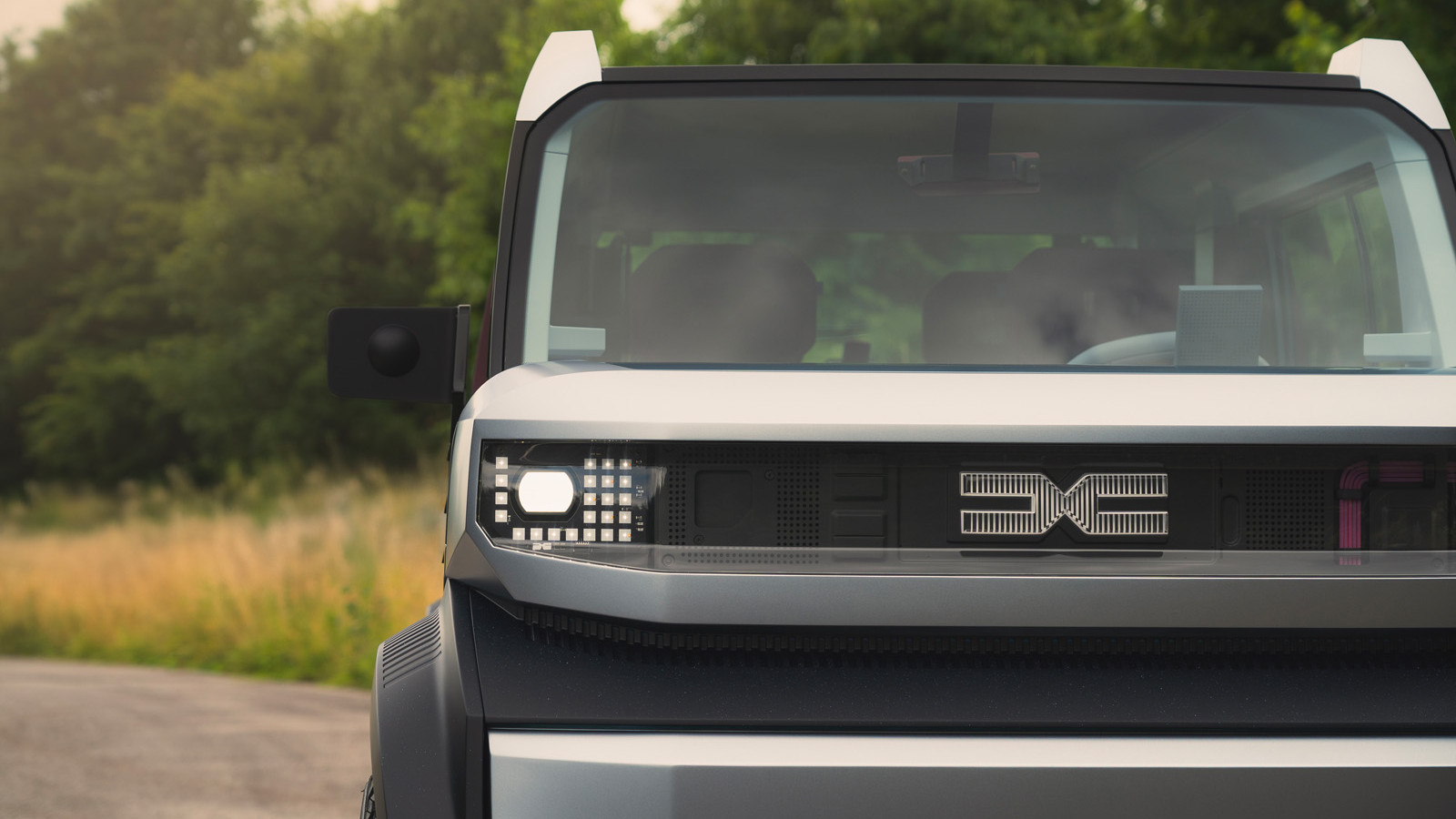 © Dacia
© Dacia -
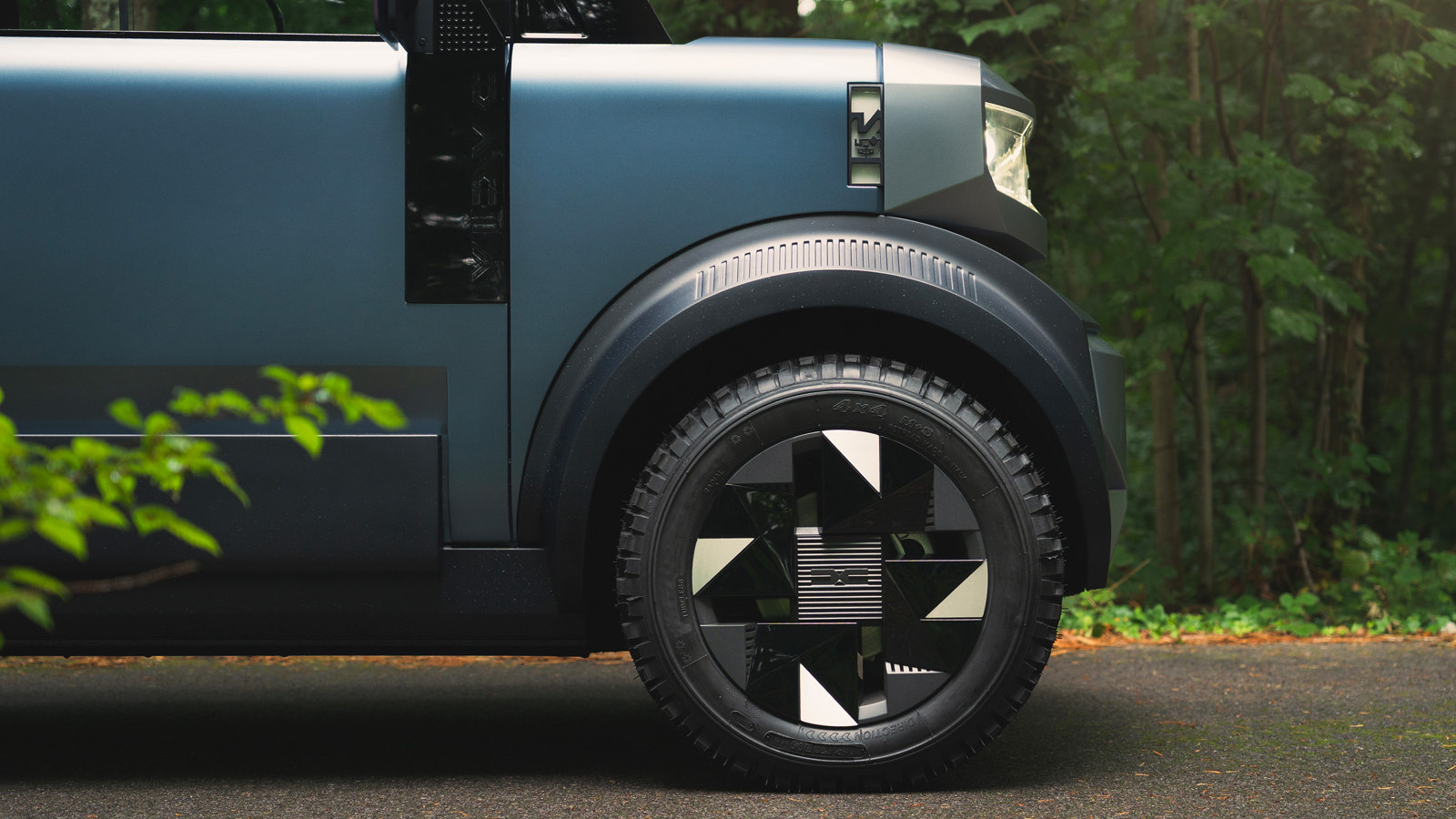 © Dacia
© Dacia -
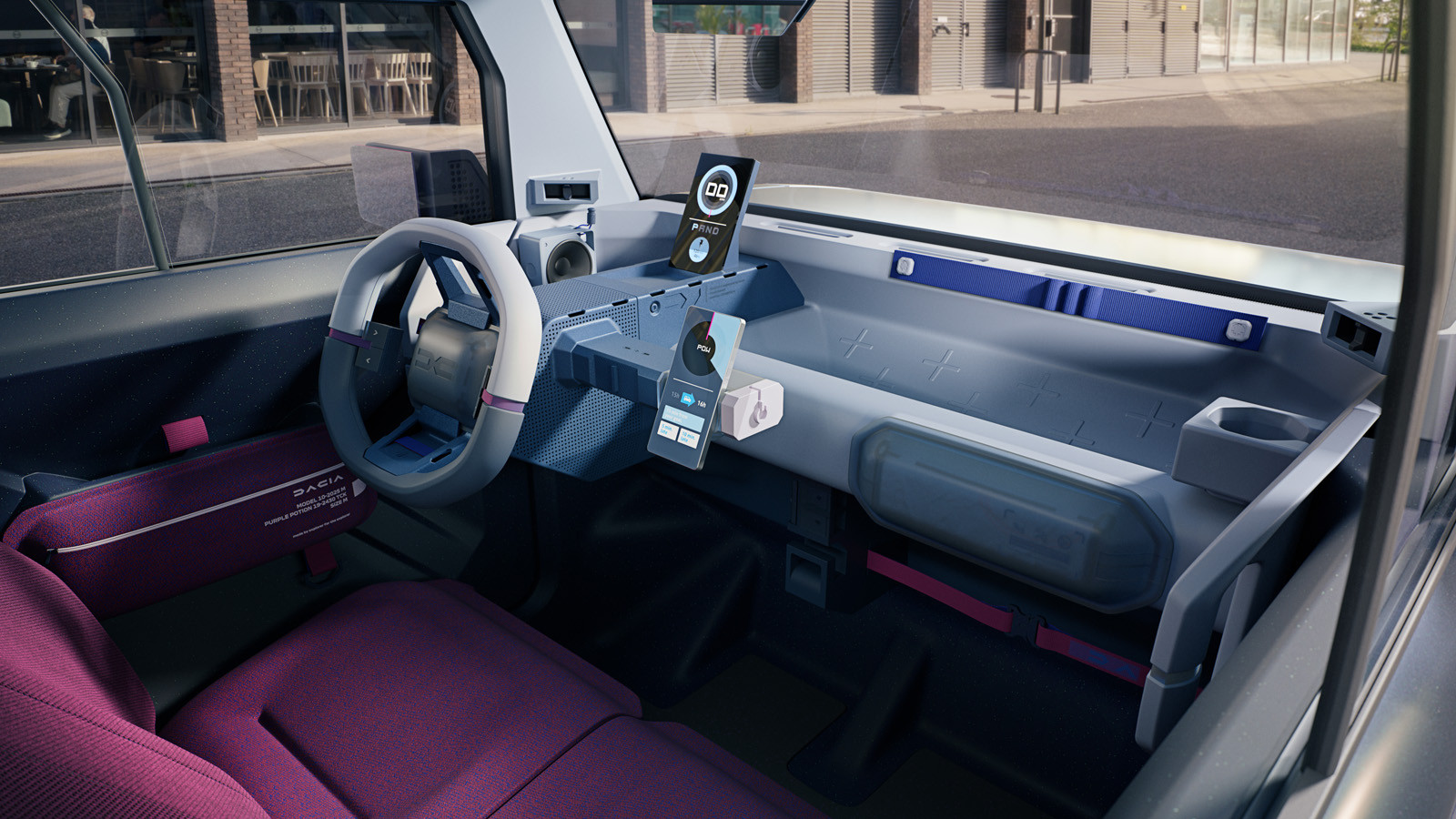 © Dacia
© Dacia -
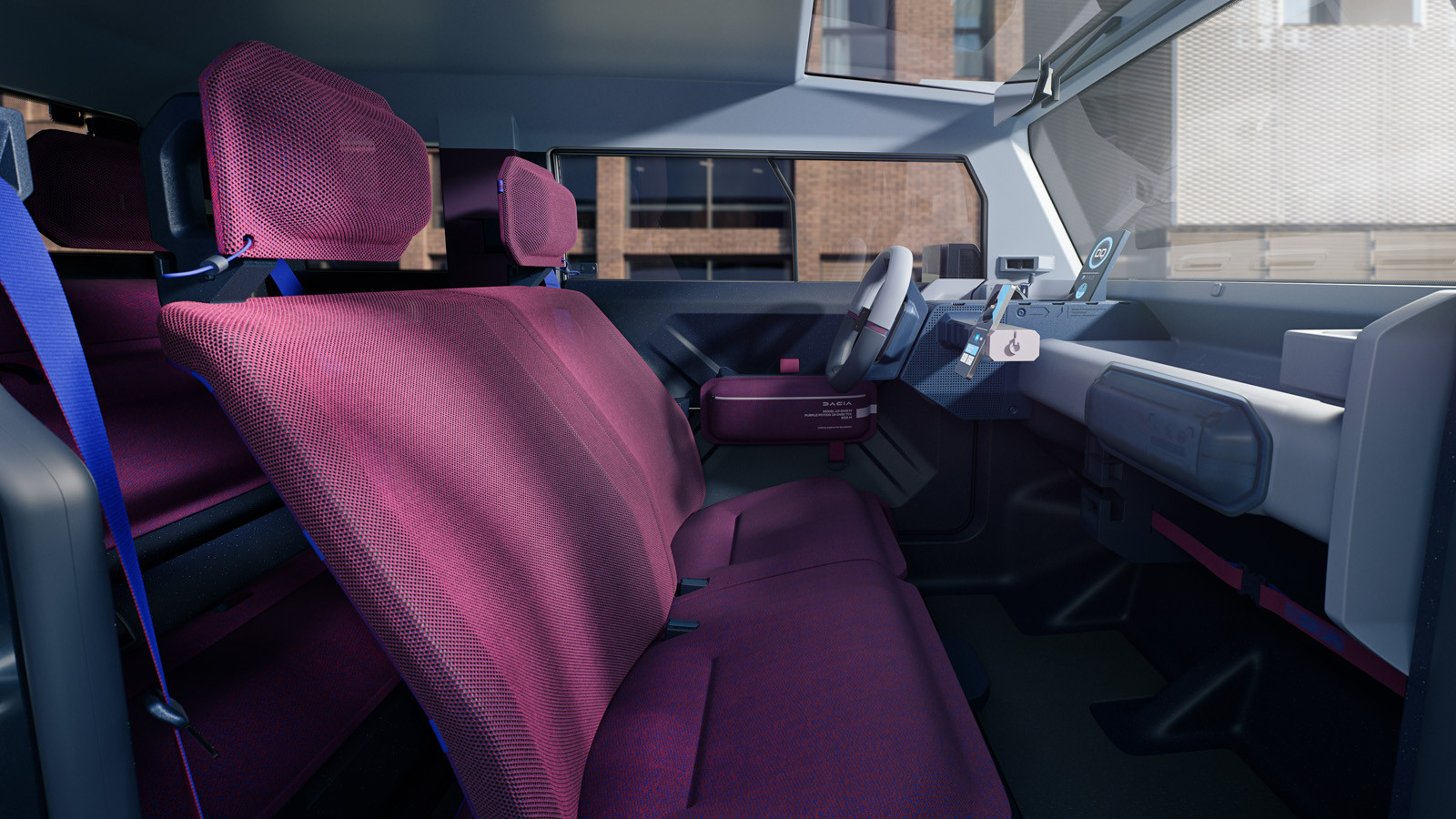 © Dacia
© Dacia -
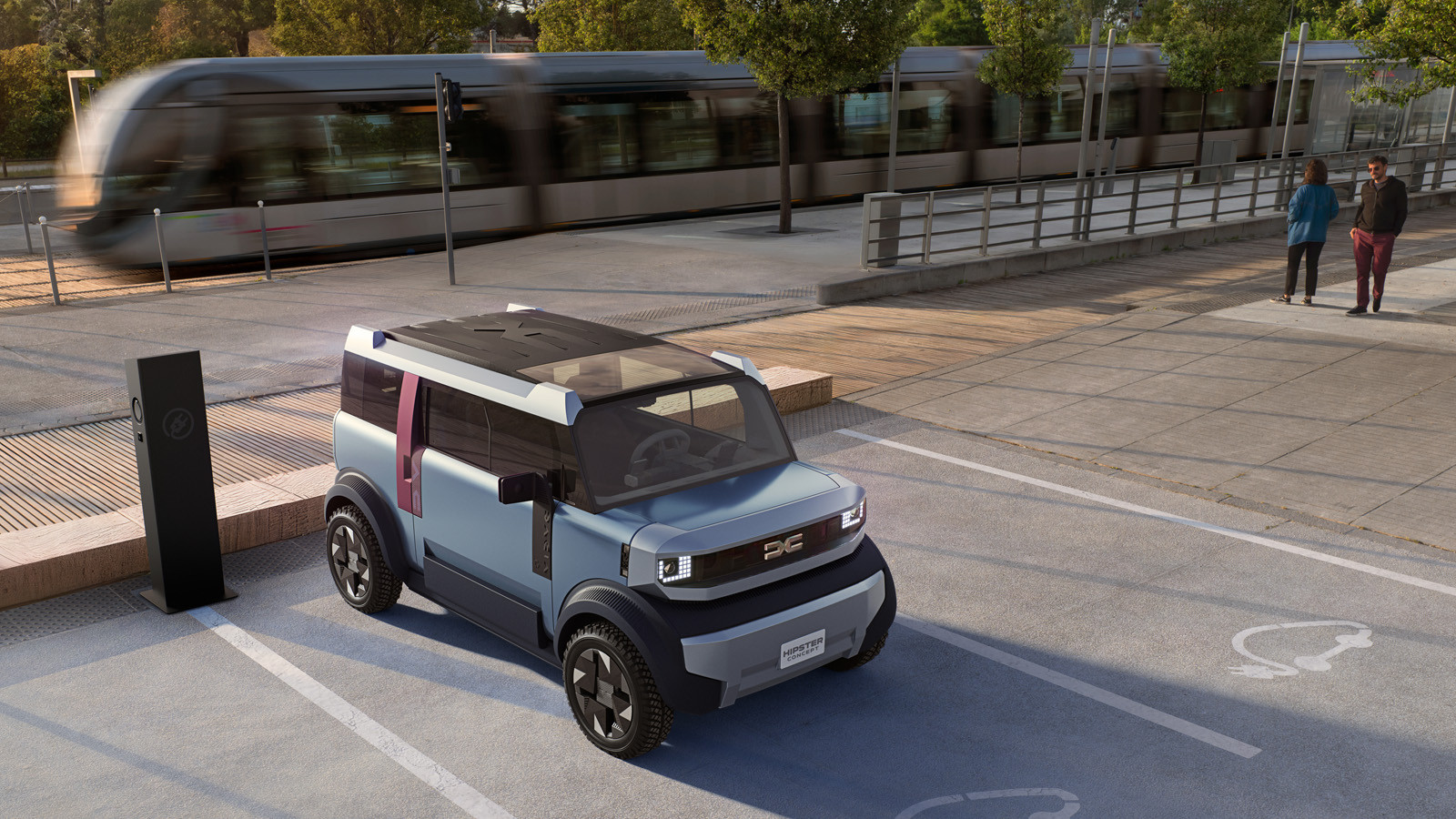 © Dacia
© Dacia -
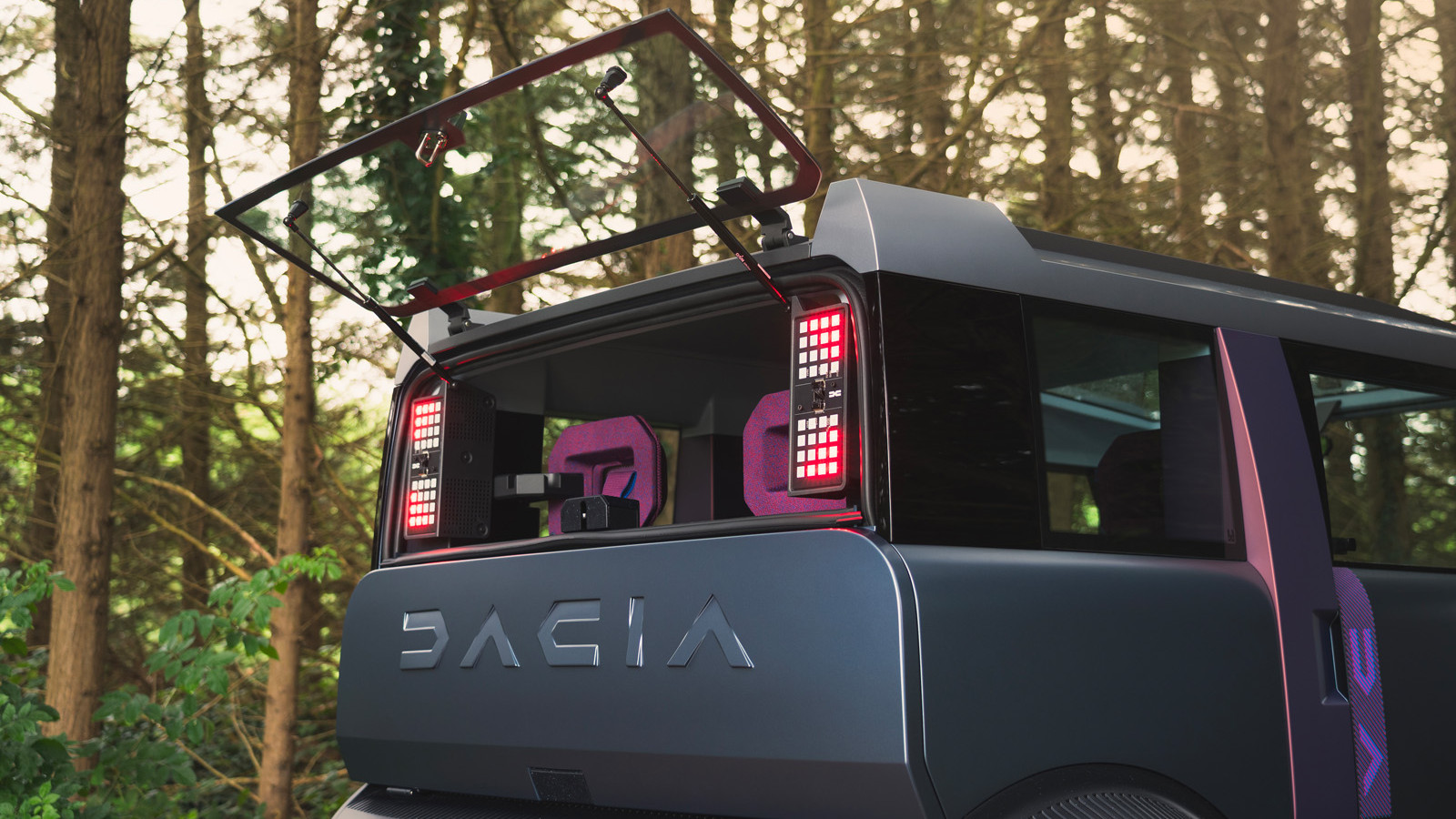 © Dacia
© Dacia -
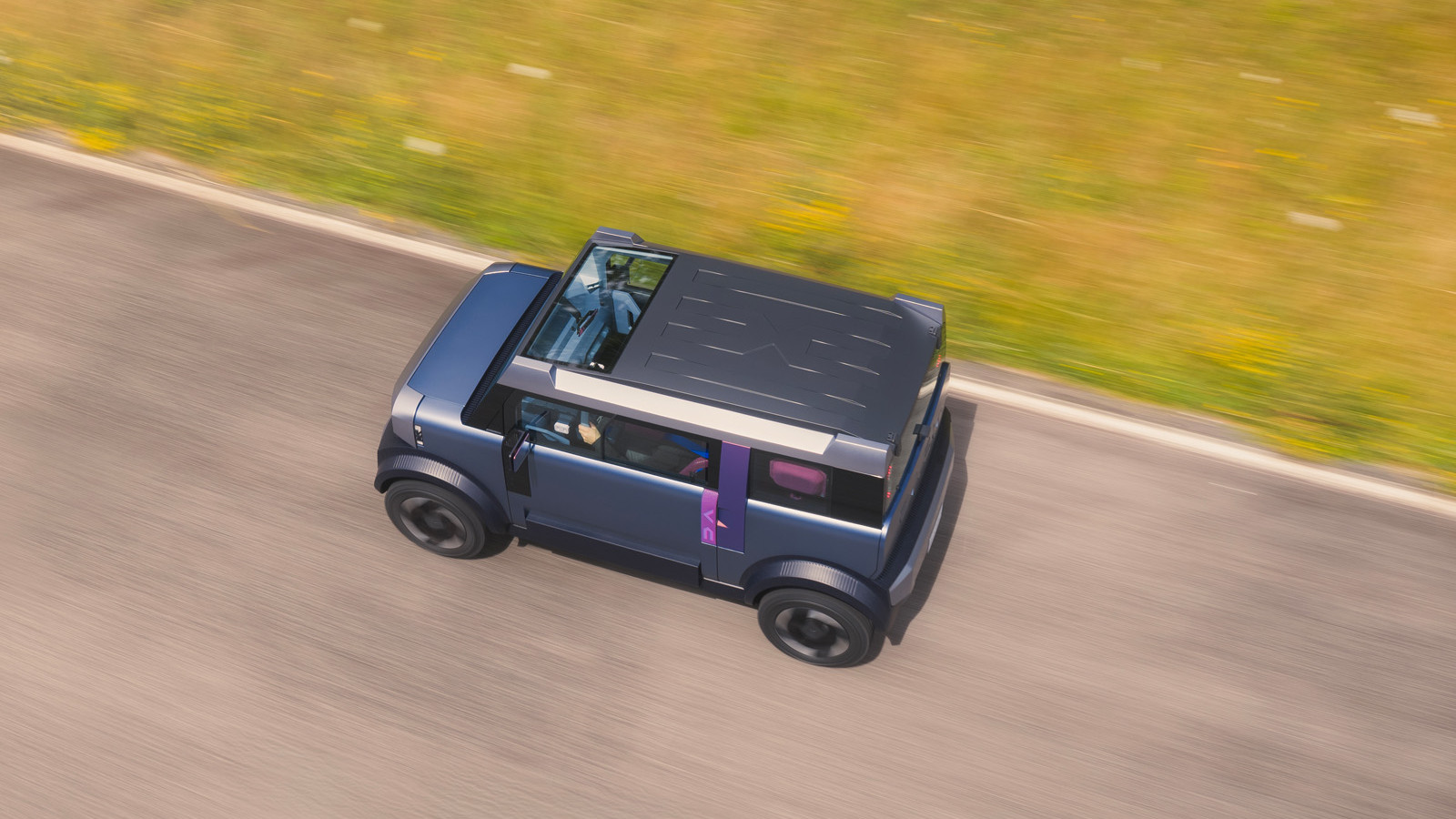 © Dacia
© Dacia
-
Concept cars are often used as showpieces for new ideas, presenting space-age technology as a preview for what’s to come.
Dacia has continued this trend, revealing a small electric car concept that could act as the blueprint for the future of electric cars.
-
Meet the Dacia Hipster: a small, four-seat electric car concept that Dacia is hoping will “enable as many people as possible to access essential mobility”.
-
Channelling the spirit of the original Mini, Volkswagen Beetle and Fiat 500, the Dacia Hipster weighs less than 800kg. It’s designed to reduce the price of electric cars dramatically.
-
Measuring just 1.55m wide, 1.53m high and 3m long, the Hipster is shorter than any car currently on sale, but still has four full-sized seats. There is also 500 litres of load space with the rears folded - enough to accommodate a washing machine.
-
Dacia's goal of making essential travel more affordable comes in the face of rising costs brought about by regulation and electrification. The Hipster previews a potential car that undercuts the brand’s own Spring EV, which is one of Europe’s cheapest full-sized cars.
-
The Hipster is engineered for minimal material use, weighing under 800kg – 20% less than the Spring. This design aims to halve its total-lifecycle carbon footprint compared to current clean EVs.
-
You’re probably wondering about specific figures, including driving range and performance. Dacia hasn’t detailed a battery size or capacity, but the brand says the Hipster would only need to be charged twice a week, based on the idea that the average motorist drives fewer than 38km (24 miles) per day.
-
It will be sparsely equipped to save on costs. Inside, there’s no infotainment system. Instead, the driver can mount their mobile phone and use it alongside a digital display behind the steering wheel. The cabin majors on space, despite the Hipster's diminutive footprint, with wide door openings and a tilting front bench seat as some of the headline space-saving elements.
-
The Hipster also won’t major in power. The brand says both its battery and motor would be “sized as needed”.
"In daily driving, you don't need a 1.5- or two-tonne car with an 80kWh battery capable of doing 0-100kph in four seconds. You don't need this,” said Patrice Lévy-Bencheton, Dacia's director of product performance "Let's just go back to the essentials: what do we really need on a daily basis?"
-
However, the Hipster actually previews more than just an electric car concept. It also looks ahead to the type of electric car that would sit in the proposed ‘E-Car category’, which will be introduced imminently in Europe. Luckily for Dacia, the car was already designed before the details of the class were revealed.
-
Though the new category's framework is not yet official, Dacia's sales and marketing boss Frank Marotte indicated that the Hipster demonstrates the potential for manufacturers to profitably produce small, affordable cars if granted greater regulatory flexibility.
-
“Fundamentally, I think that the European Commission and all the stakeholders and most of the OEMs are starting to recognise that, especially for small cars, we've [gone] too far in terms of certain types of regulations - and the actual usage by customers is completely disconnected from from the latest active safety regulation that has been put in place,” he told Autocar, Move Electric’s sister publication.
-
According to Marotta, EU legislators have added around 100 new regulations for cars since 2010 and estimated that there will be another 100-plus added between now and 2030.
-
Over the last decade, the average weight of new cars has increased by 15%, largely due to more stringent legislation requiring additional equipment and materials. To offset this, power has risen by 43%, and the cost has gone up by 63%.

